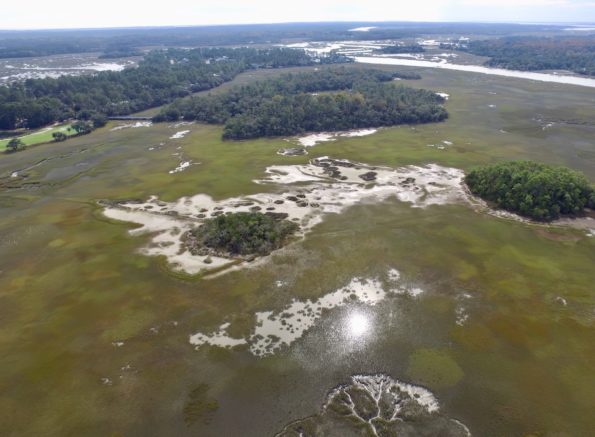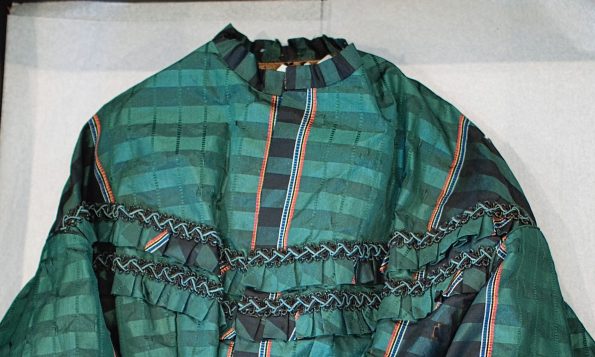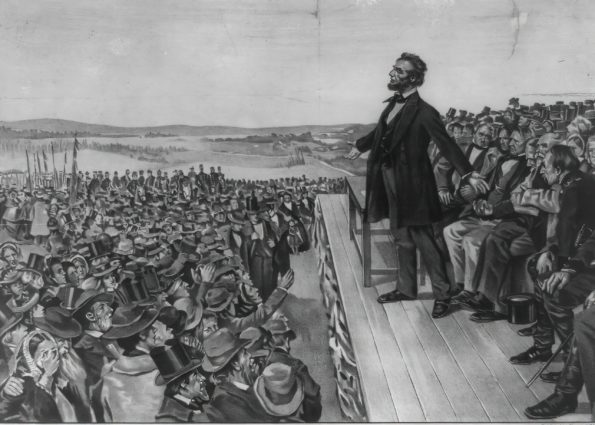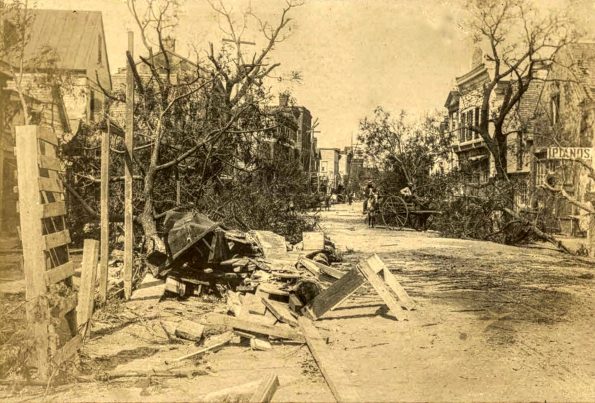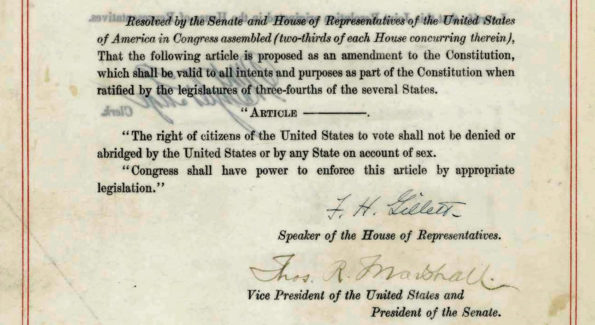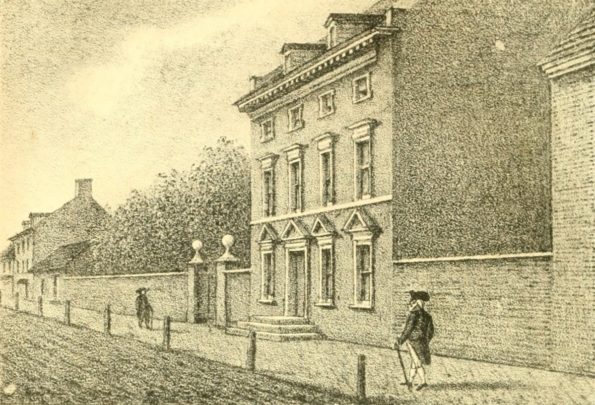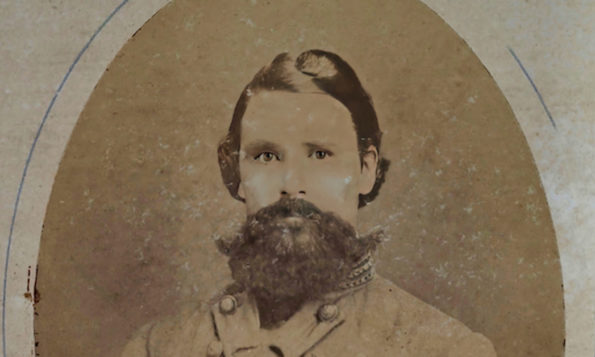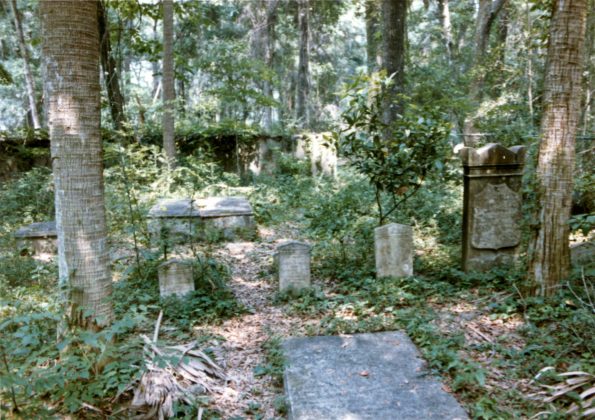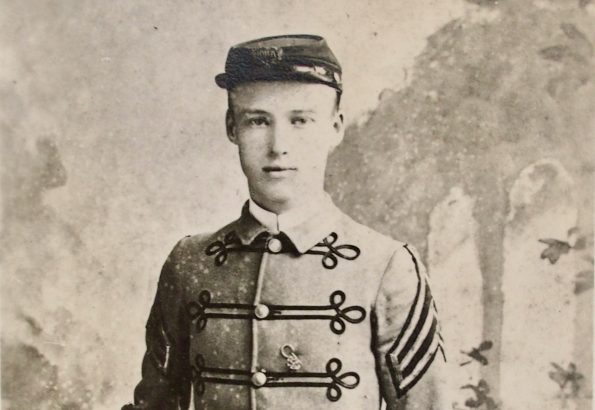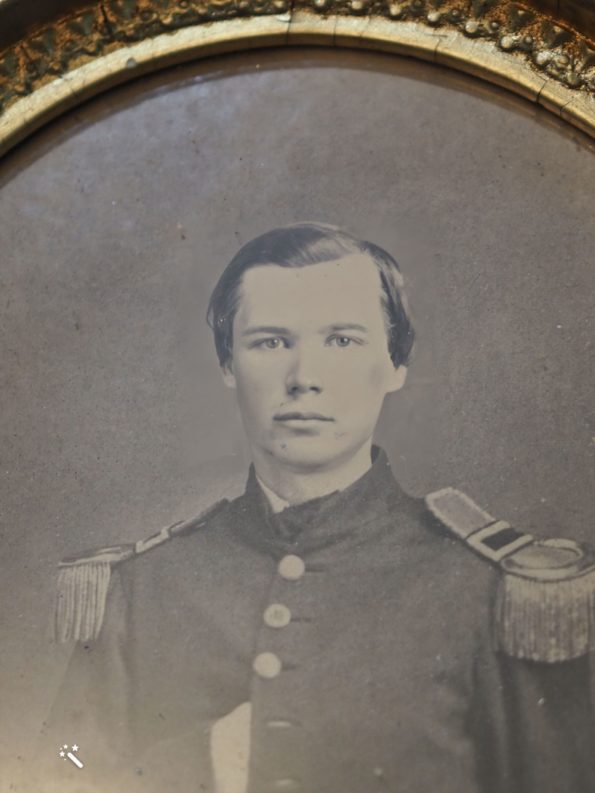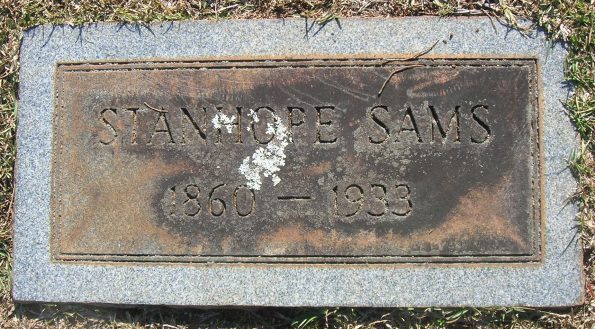Oak Island
Oak Island is a 32-acre natural beauty sitting next door to Dataw Island. Native Americans frequented the island about 1,000 years ago. Fast forward 800 years to the BB Sams / LR Sams plantation era, and it was an adventure spot for James Julius Sams and his brothers Horace and Donald. As Sea Island cotton took off as the “finest in the world,” BB Sams decided to build a system of dikes between Dataw Island, Oak Island, and the two marsh hummocks to the north (i.e., Pine Islands).


